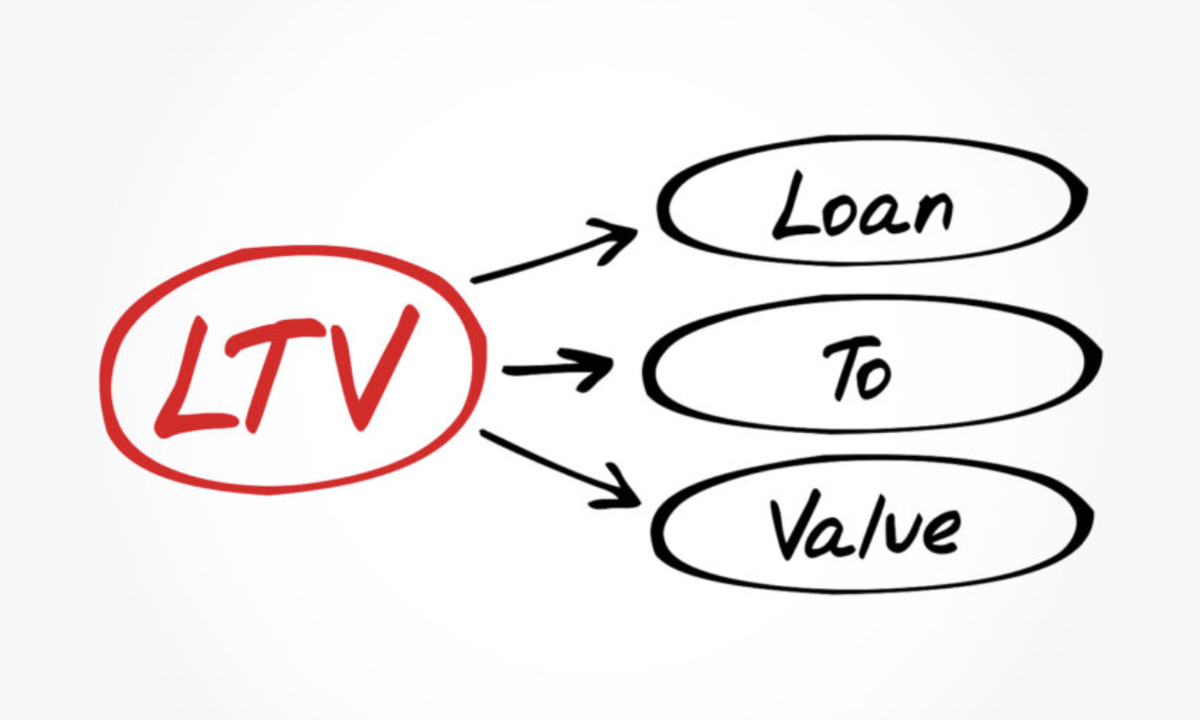Purchasing a property – residential, commercial or industrial – is among the biggest investments people make in their lives. It can, in turn, offer you not just value in utility and usage, but it also holds considerable significance when one seeks high-value loans against a property mortgage. In such instances, as per the Reserve Bank of India mandate, lenders can extend finances up to 90% of the pledged property’s market price. The RBI’s prescribed loan-to-value ratio serves as a guideline for determining what percentage of the property’s value may be extended to borrowers as property loan.
What Is Loan-to-Value (LTV) Ratio?
Loan-to-value ratio is an evaluation of lending risks that banks and finance companies appraise before approving secured loans such as loans against property or home loans. Loan assessments involving a high LTV present greater borrowing perils; and in the event that the mortgage loan is approved, may attract a hefty interest rate. Lenders usually exercise restraint and undertake cautionary measures like LTV checks to ensure that the money they lend does not exceed the property’s actual value. While a higher LTV raises risk perception, a lower LTV allays it; promising attractive interest rates and terms on your property loan.
What Is the Ideal Loan-to-Value Ratio?
Loan-to-Value Ratio is the amount of money one can borrow against the valuation of their house. It is computed as a percentage and influenced by a number of parameters such as the type of property offered as security, its present condition, etc.
In most cases, a percentage of 80% or less is regarded as a good LTV ratio. Anything above 80% will be considered high-end, translating into heavier credit costs for borrowers. They may be further required to avail of private mortgage insurance and in certain instances, encounter loan rejection.
How to Calculate LTV Ratio
The loan-to-value ratio can be computed by dividing the loan amount with the assessed price of the property pledged as a loan. Lenders normally calculate the LTV ratio using the formula given below:
LTV ratio (%) = The borrowed sum / Market value of asset X 100
To illustrate this with an example, let us suppose that the market price of your house is Rs. 50 lakh and your lender offers an LTV ratio of 70%; you may then expect a property loan principal of around Rs. 35 lakh.
How to Use a Loan-to-Value Calculator
Useful financial tools like a loan-to-value calculator come in handy when examining one’s LTV ratio to establish the exact proportion of a property’s cost one may acquire as property loan. The calculator proffers convenience in usage with these simple steps:
- First, access the loan-to-value calculator on your lender’s website
- Enter the estimated value of your property
- Now, choose the type of property pledged: residential or commercial
- Then, input your monthly obligations and income
- Select the interest rate as well as the repayment tenor
- Upon providing requisite details, the LTV ratio will be visible on your screen
LTV calculators let you customise loan applications for speedy approval. Additionally, one could also make use of a property loan calculator to estimate the payable EMIs. Doing so will give you an overview of the proposed loan, right from commencement until tenor completion. The calculator aids in easy loan calculation of complex numbers, allowing borrowers to verify and compare loan specifics with accurate results every single time.
Importance of Loan-to-Value Ratio
From the borrower’s perspective, a high LTV ratio implies larger EMI pay-outs. Conversely, a smaller LTV lets you budget other financial commitments, as per need. Prior to granting loan requests, lenders rely on the LTV ratio to arrive at appropriate principal amounts that borrowers can conveniently repay. They generally favour applicants who have a lower LTV ratio since it minimises their credit risk. At the same time, these individuals are assured of sufficient loan amounts to support their expenditures.
LTV is generally higher for residential units as compared to commercial spaces. However, there could be certain exceptions such as industrial properties which may fetch a hefty LTV ratio.
In case, one avails of a loan against property to purchase another house or office premises, we can consider the following scenario for better comprehension: For a property worth Rs. 80 lakh, lenders may extend a loan of Rs. 48 lakh if the LTV ratio is 60%. The borrower has to then bear the balance sum of Rs. 32 lakh as down payment for the property. However, if s/he can manage up to Rs. 30 lakh and yet wishes to maintain the same LTV ratio, they will have to limit their house budget to under Rs. 75 lakh. Thus, gaining clarity on the applicable LTV ratio initiates effective loan planning.
Impact of Loan-to-Value Ratio on Property Loan Eligibility
Eligibility for any type of loan, including a property loan, is influenced by a diverse range of factors such as age, credit score, financial condition, salary, work experience, LTV ratio and more. Each aspect contributes significantly towards receiving either a loan approval or loan rejection.
Big LTV loan applications are high credit risks and as such likely to be denied. Hence, review your loan amount requirement and make sure that the LTV ratio is in line with the lender’s policies to strengthen your own eligibility. One may even apply for smaller principal sums to cut borrowing costs or make a bigger down payment to reduce the LTV.
If your repayment capacity falls short, bringing a co-applicant into the equation may boost your eligibility and facilitate quicker loan approval. Lenders normally show more willingness to take on applicants with lower LTV for property loan refinancing, besides offering them competitive terms and interest rates.
Summing Up
Although loan-to-value is a crucial element, it is essential to recognise that lenders take into account numerous other facets, including income, credit scores, outstanding liabilities, etc. when sanctioning property loans. Your existing obligations, such as other loans, are factored against your monthly income to arrive at the best LTV ratio. A complete understanding of all these aspects helps in landing property loans with favourable terms and a lower cost of credit that won’t hurt your repayments or your financial position.














